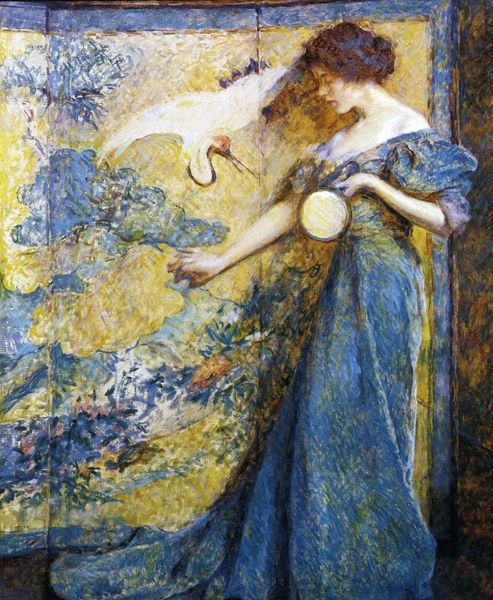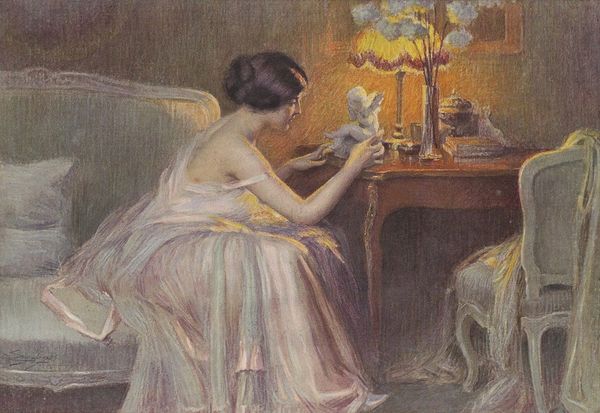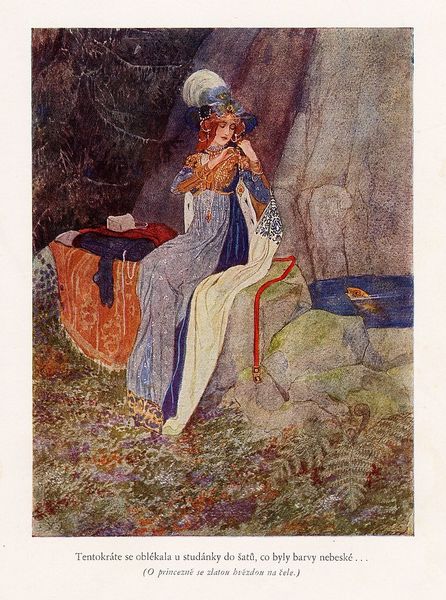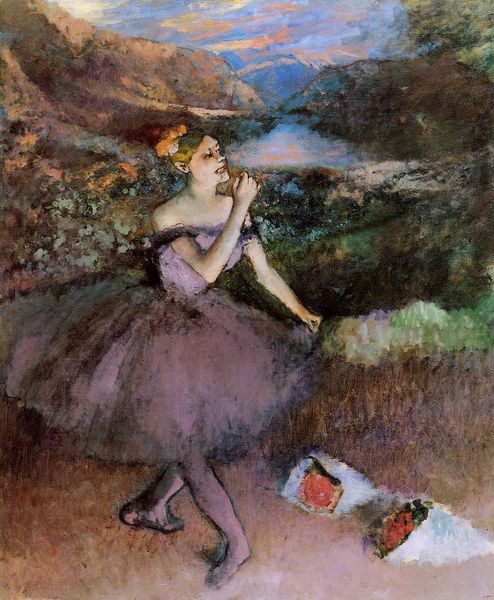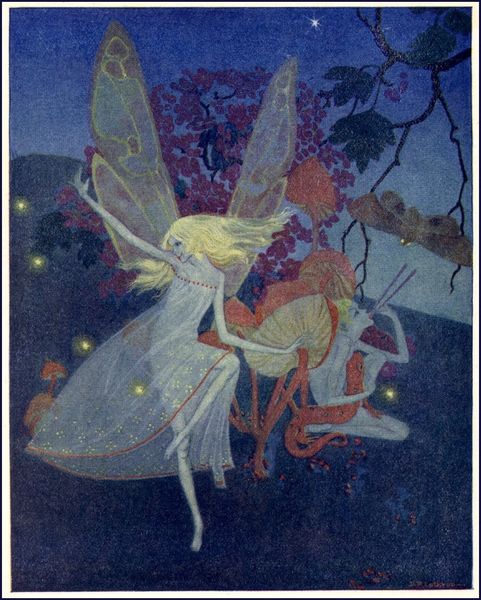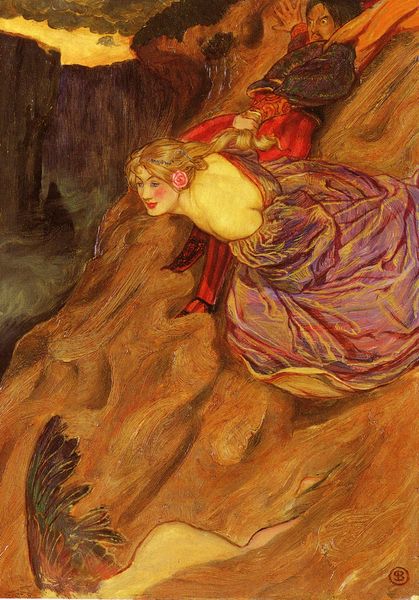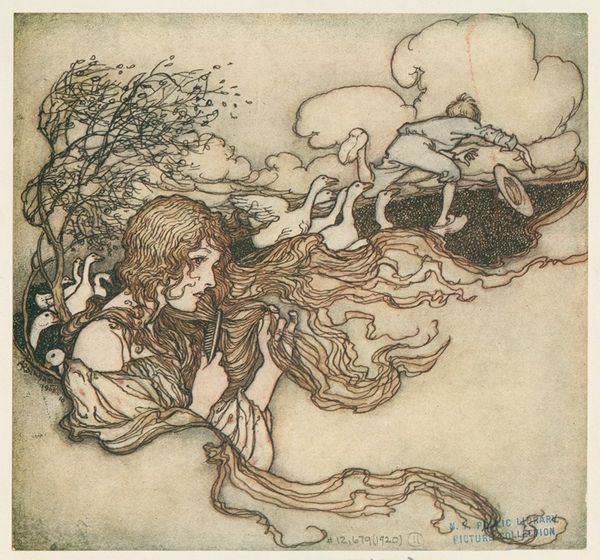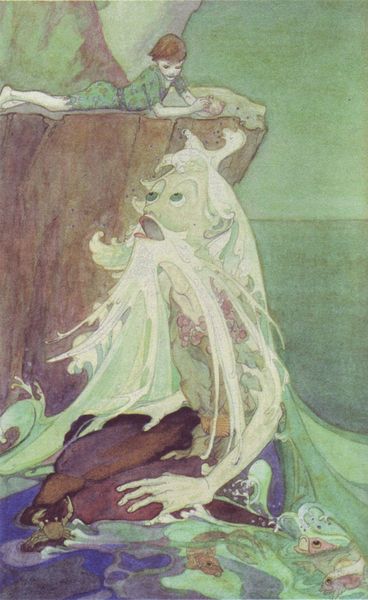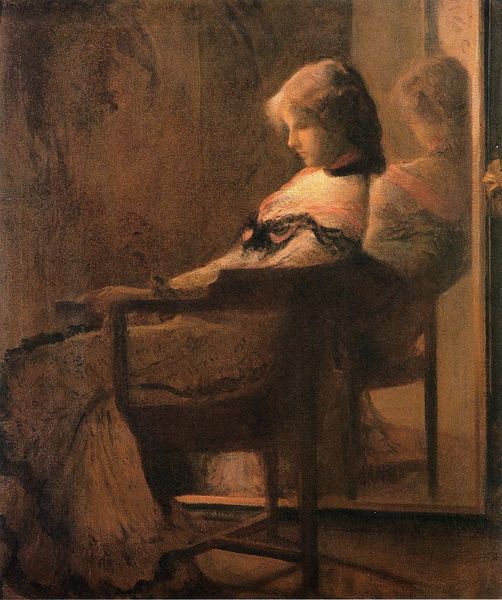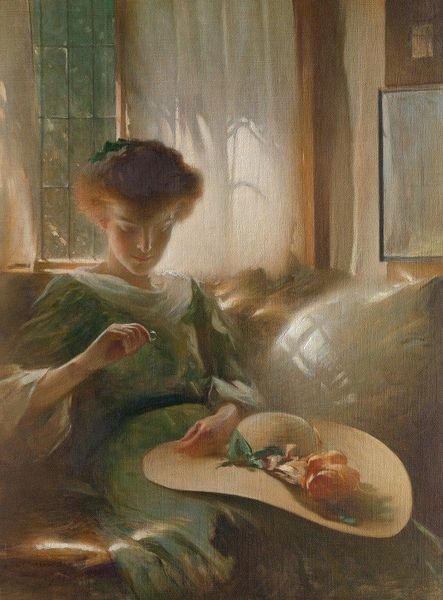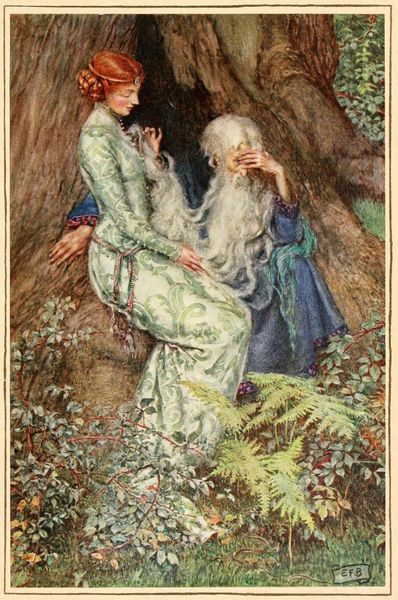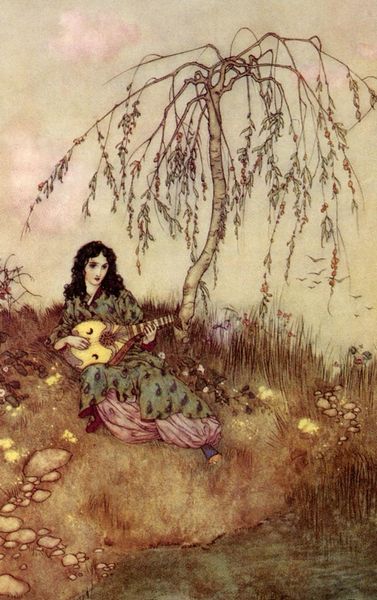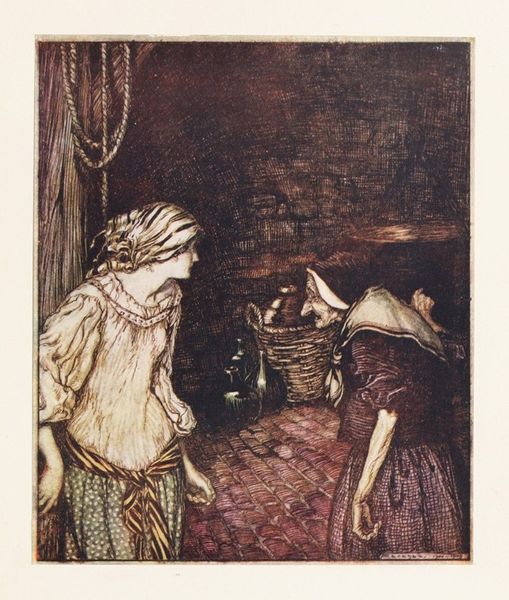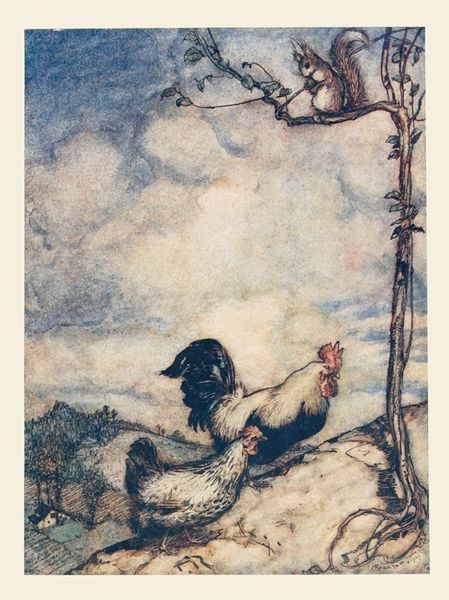
#
gouache
#
acrylic
#
abstract painting
#
possibly oil pastel
#
oil painting
#
neo expressionist
#
acrylic on canvas
#
underpainting
#
painting painterly
#
watercolor
Copyright: Public domain
Editor: Ferdinand du Puigaudeau's "Chinese Shadows, the Rabbit"... It's so enchanting. There's a real sense of intimacy, of shared childhood secrets. What stories do you think this piece is trying to tell? Curator: I see it as a snapshot of cultural exchange and appropriation. The title "Chinese Shadows" immediately flags the colonial gaze. The children are playing, seemingly innocent, but engaging with a form of entertainment rooted in cultural othering. Editor: Othering? How so? Curator: Shadow puppetry has deep roots in various cultures, including China and Indonesia. Here, it’s presented as a novelty, "Chinese Shadows," exoticizing the practice. Consider how childhood play can unknowingly perpetuate power dynamics and orientalist fantasies. What do you think the rabbit signifies in that context? Editor: Hmm, innocence, maybe? The naivete of childhood masking a more complex reality? Curator: Precisely. And look at the domestic scene. The interior space contrasts sharply with the implied foreign origin of the shadow play. The artist’s style, painterly and soft, further romanticizes the scene. Do you feel there's a tension between the intimate setting and the cultural implications? Editor: Definitely. It makes you question the seemingly harmless nature of the scene. Curator: It challenges us to be critical viewers. Art isn’t created in a vacuum; it’s a product of its time, reflecting and reinforcing existing social structures. Understanding this allows us to engage more deeply with its complexities. Editor: I never thought about it that way before. I'll definitely look at art with a different perspective now.
Comments
No comments
Be the first to comment and join the conversation on the ultimate creative platform.
